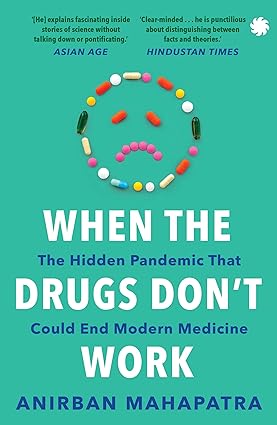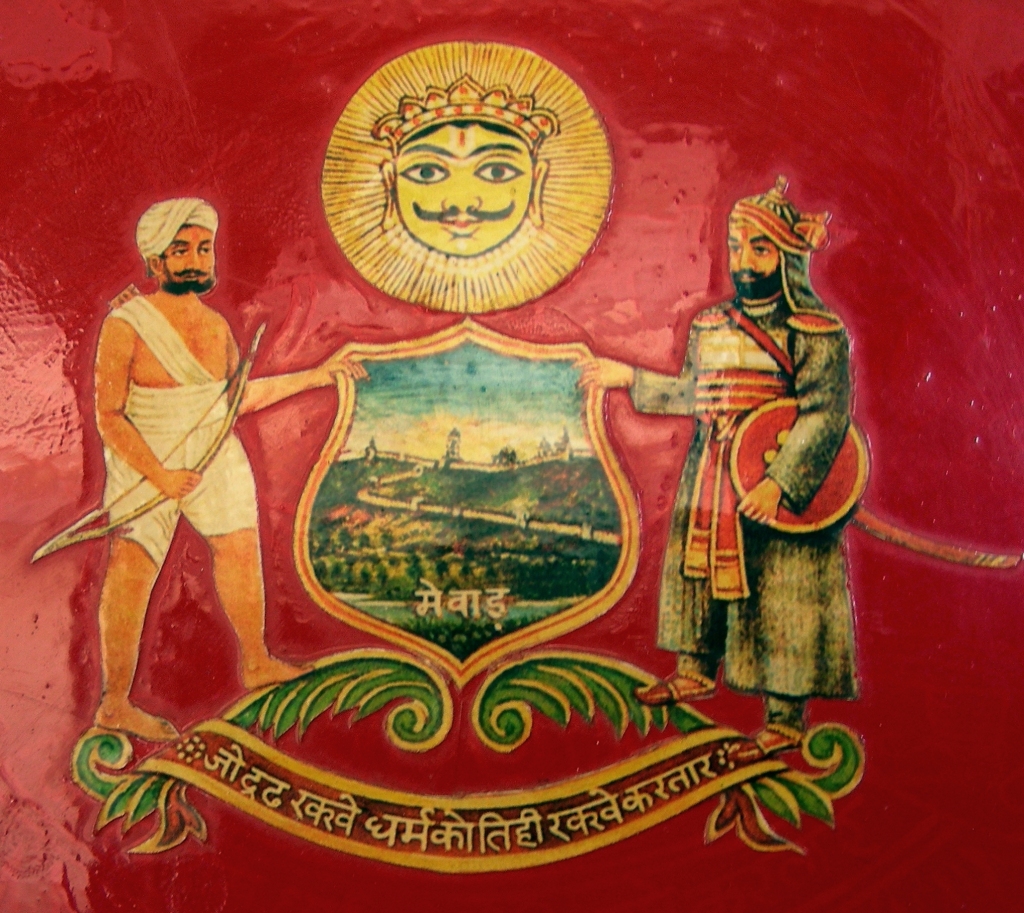Anirban Mahapatra’s book, When the Drugs Don’t Work: The Hidden Pandemic That Could End Modern Medicine, explores the threat of antibiotic resistance. It is published by Juggernaut Books.

- Genre: Science non-fiction
- Main topic: Antibiotic resistance and its potential to render modern medicine ineffective
- Author’s background: Anirban Mahapatra has a PhD in microbiology and is the Editorial Director of the American Society for Microbiology.
Anirban Mahapatra’s book isn’t a work of fiction, but a serious look at a potential future health crisis. The book focuses on the rise of antibiotic-resistant bacteria, also known as superbugs.
Anirban Mahapatra, a microbiologist, dives into the looming crisis of antibiotic resistance in the book. Antibiotics, one of the cornerstones of modern medicine, are becoming increasingly ineffective against infectious diseases due to the overuse and misuse of these medications. This has led to the rise of superbugs, bacteria that have evolved to resist even the strongest antibiotics.
The book explores the causes of antibiotic resistance, including the overuse of antibiotics in agriculture and medicine, as well as the lack of development of new antibiotics. Mahapatra also discusses the potential consequences of a world where antibiotics no longer work. Simple infections could become deadly, and common surgeries could become too risky to perform. The book argues that antibiotic resistance is a serious public health threat and calls for a multi-pronged approach.
Here’s a breakdown of the key points:
- The Threat: Antibiotic overuse and misuse have led to the development of superbugs, bacteria that can’t be controlled by existing medications.
- The Stakes: Simple infections that were once easily treated could become deadly. Surgeries and other medical procedures that rely on antibiotics could become too risky.
- The Cause: The book explores how the overuse of antibiotics in medicine, agriculture, and animal husbandry has contributed to the rise of superbugs.
- The Solution: Mahapatra discusses potential solutions, which may include developing new antibiotics, finding alternative therapies to fight infections, and stricter regulations on antibiotic use.
“When the Drugs Don’t Work” is a wake-up call about the importance of antibiotic stewardship. The book will likely interest anyone who wants to learn more about this critical public health issue.
Here are some potential takeaways from the book:
- The importance of antibiotic stewardship: We need to use antibiotics judiciously and only when they are essential. The book serves as a wake-up call about the importance of antibiotic stewardship and the need to find new ways to combat infectious diseases.
- The need for new antibiotics: Research and development of new antibiotics is essential to combat the threat of superbugs.
- The importance of public awareness: Educating the public about antibiotic resistance is critical to changing behaviour.
If you are interested in learning more about antibiotic resistance, “When the Drugs Don’t Work” is a must-read.
Here are some places you can find the book:
- Online retailers like Amazon (https://www.amazon.com/When-Drugs-Dont-Work-Pandemic-ebook/dp/B0CW1JZ3L8)
- Indian booksellers like Flipkart (https://www.indiamart.com/proddetail/when-the-drugs-don%E2%80%99t-work-the-hidden-pandemic-that-could-end-modern-medicine-by-anirban-mahapatra-2853882153548.html)
Blurb:
Antibiotics save countless lives and make modern medicine possible. They keep us alive during and after birth, when we face sudden infections, need common surgeries, or need to manage long-term challenges like diabetes and cancer.
Now diseases caused by superbugs that defeat antibiotics are on the rise – and there are no longer any cures. Imagine a world where a simple cut can be lethal and going to the hospital is a death sentence.
This hidden pandemic of superbugs is one of the deadliest to hit our world. Unchecked, it will cause greater economic damage and kill more people than COVID-19.
In this gripping and eye-opening book, microbiologist Anirban Mahapatra explains what led to this hidden pandemic, what’s at stake, and what we can do in this war against our deadly invisible enemies.
About the Author:
Anirban Mahapatra has been an influential voice in science publishing and communication for two decades. He is the author of one book, COVID-19: Separating Fact from Fiction, and writes a popular science column for the Hindustan Times.
About the Reviewer:
Reviewed by Kavita Jhala, Founder of Kaffeinated Konversations – a Bibliophile, writer and artist. You can reach out to her on Facebook, Instagram and Linkedin. If you want your book to be reviewed, drop an email to kaffeinatedkonversations@gmail.com












